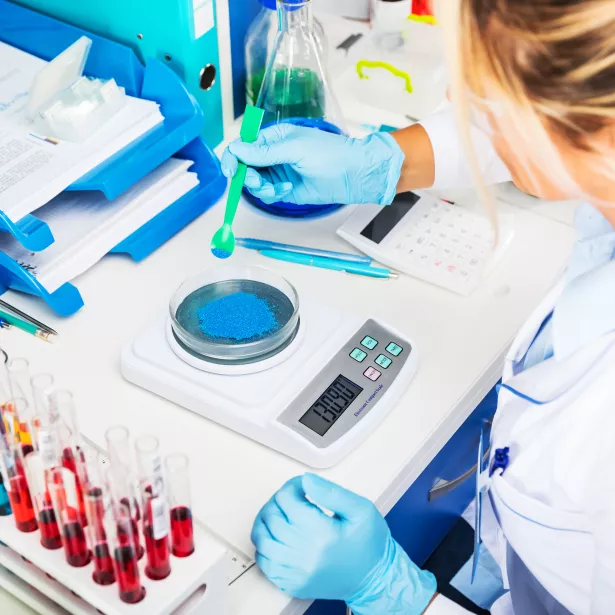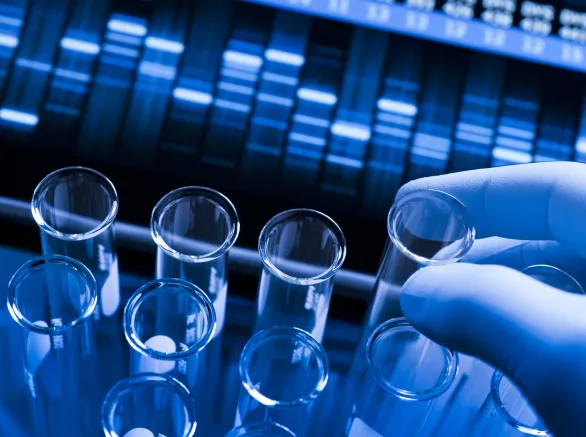Streamline biomedical product development with advanced computational fluid dynamics analysis
Exponent's biofluid dynamics experts have extensive experience in biomedical and life sciences product development. We can deploy computational fluid dynamics (CFD) within the framework of other computer-aided engineering tools (e.g., reverse engineering/domain definition, multi-physics modeling, additive manufacturing for prototypes, and computer-aided manufacturing and testing) to better understand and/or predict fluid behavior and transport phenomena related to a subject medical device.
We have used these tools in numerous biomedical and life sciences product development applications, such as:
Evaluating the efficacy of designs before prototyping
Reducing the volume of in vitro tests with blood and other biological fluids
Minimizing the need for preclinical testing
Assessing the product function at and beyond the established design boundaries and to elucidate failure mechanisms during root cause analysis
Blood flow and fluid path analysis
Hydrodynamics and thermal simulation of cardiac ablation catheters
Evaluation of localized shear stress in the fluid path to avoid shear-induced hemolysis
Identification of stagnant regions and regions of secondary flow where blood flow that recirculates locally may cause shear-induced trauma, hypoxemia, accumulation of toxic agents, and localized thrombus formation
Cardiovascular implants
Assessment of dead zones, hemolysis levels, and pressures on the valve leaves in artificial heart valves and devices (percutaneous (TAVI/TAVR) and surgically placed)
Evaluation of cardiovascular and peripheral stents (self-expanding and balloon expanding)
Characterization of gas transport efficiency in extracorporeal membrane oxygenation devices
Flow within containers and devices
Conducting handling and drainage analysis of flexible containers during use
Reconstitution flow and foam generation analysis during the preparation of high-risk pharmaceuticals (oncolytics) or biologics presented in glass vial dose form
Hemostats, surgical sealants, and glues
Modeling delivery physics and risks, such as gas embolism in pneumatically assisted spray devices
Evaluating sealing capabilities of biomaterials
Drug delivery systems
- Performance evaluation and optimization of devices including inhalation delivery systems such as propellant-metered dose inhalers, dry powder inhalers, and nebulizers, as well as diffusion-based drug delivery
Manufacturing and distribution processes
Evaluating manual and automated filling lines to reduce splashing, foaming, and control of liquid and air-space tolerances, including form-fill-seal environments
Modeling of lyophilization process phases
services
For 50+ years, we’ve thrived on solving unstructured problems that require bespoke solutions. Some of our services include:
• CFD analysis using ANSYS®, COMSOL®, STAR CCM+®, OpenFOAM, and custom codes
• Blood flow and fluid path analysis
• Development of CFD models of cardiovascular implants
• Computational strategies and methods development for flow of solutions and therapeutics (pharmaceuticals and biologics) within containers and devices
• Evaluating drug delivery systems
• Modeling of delivery physics, risks, and sealing capabilities of biomaterials used as hemostats, surgical sealants, and glues
• Modeling for manufacturing and distribution process applications
Experts
Our global and comprehensive expertise across industries gives us a deep understanding of current challenges, best industry practices, and the implications of emerging technologies.


Senior Managing Engineer

Senior Managing Engineer
![Biofluid Dynamics [BES]](/sites/default/files/styles/hero_purple/public/media/images/GettyImages-1362921142.jpg.webp?itok=69eIbLEW)



